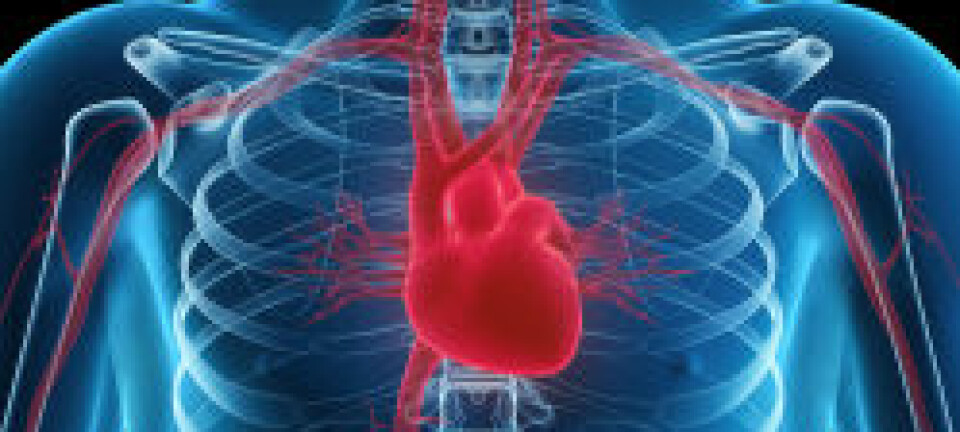
How babies get heart defects
Scientists have mapped the network of genes, proteins and environmental factors that together led to a heart defect in one percent of all children born each year. Better diagnoses and treatments will soon be available, says researcher.
About 25,000 Danes live with a congenital heart defect – an ailment they were born with. Until now, how genes and the environment can affect the development of the heart while the foetus is in its mother’s womb has mystified scientists.
But Danish researchers working in an international collaboration have now mapped the complex network of genes, proteins and environmental factors that together are the reason why hundreds of thousands of children are born with a heart defect worldwide.
The results of the new research have just been published in the scientific journal PNAS.
“We’ve discovered a common biological aspect in the complex network of factors that play a role during the development of the heart,” says Lars Allan Larsen, a professor in molecular genetics at the University of Copenhagen’s Department of Cellular and Molecular Medicine.
“We have discovered that many different genetic errors or environmental factors can have an impact on precisely the same processes – processes that are necessary when the body develops a healthy heart. Our new result means that, in the future, we can ensure better ways of diagnosing and treating people with congenital heart defects.”
Study included data from humans, mice and zebra fish
The new findings came after the researchers had collated large amounts of genetic data from patient databases covering people with deformed hearts.
This data was supplemented with data from experiments where the researchers studied the influence of environmental factors on the development of the hearts of mice and zebra fish.
“We can now see how genetic errors and environmental factors such as various teratogens, including retinoic acid [see Factbox], can be expressed in the same way in a heart defect,” says Kasper Lage, a Danish postdoc, who is also director of bioinformatics at the Harvard Reproductive Endocrine Sciences Center, Harvard University.
“A single environmental factor can affect a gene that, through various signalling paths, affects the same essential protein that a completely different genetic error also affects. If these proteins are necessary to prevent structural defects in the heart’s chambers, then the end result is the same, although the causes differ.”
Result achieved using systems biology
For many years, scientists have tried to find the biological common denominator for the development of heart defects in foetuses.
That the researchers were successful this time is because they used systems biology (see Factbox) to describe complex biological processes.
Researchers often find that one gene is the cause of one defect. But by using systems biology the researchers try to describe all the processes that form part of a complex biological system, which allows them to map the results of interactions between different genes and proteins.
This means the researchers can see how several different genes can cause the same defect, or how a single gene can cause different defects.
Consequently, the new research result is of interest for research into other diseases in addition to congenital heart defects.
Finding the causes of many other ailments resulting from numerous genetic and environmental factors has also been a problem for researchers.
“The findings are also interesting in a broader perspective, as it’s probable that there are similar connections in diseases such as schizophrenia, autism, diabetes and cancer,” says Professor Søren Brunak of the Novo Nordisk Foundation for Protein Research at the University of Copenhagen.
“Being able to see the interactions between various genetic errors in the individual patient gives tomorrow’s doctors much better possibilities of tailoring treatment to the patient,” says Larsen.
The Danish Heart Foundation, the Novo Nordisk Foundation and the Danish National Research Foundation financed the research project.
It involved researchers at the University of Copenhagen; the Technical University of Denmark; Massachusetts General Hospital, Boston; Harvard Medical School; Massachusetts Institute of Technology (MIT); Brigham and Women’s Hospital, Boston; and Children’s Hospital, Boston.
---------------------------------
Read the Danish version of this article at videnskab.dk
Translated by: Michael de Laine








